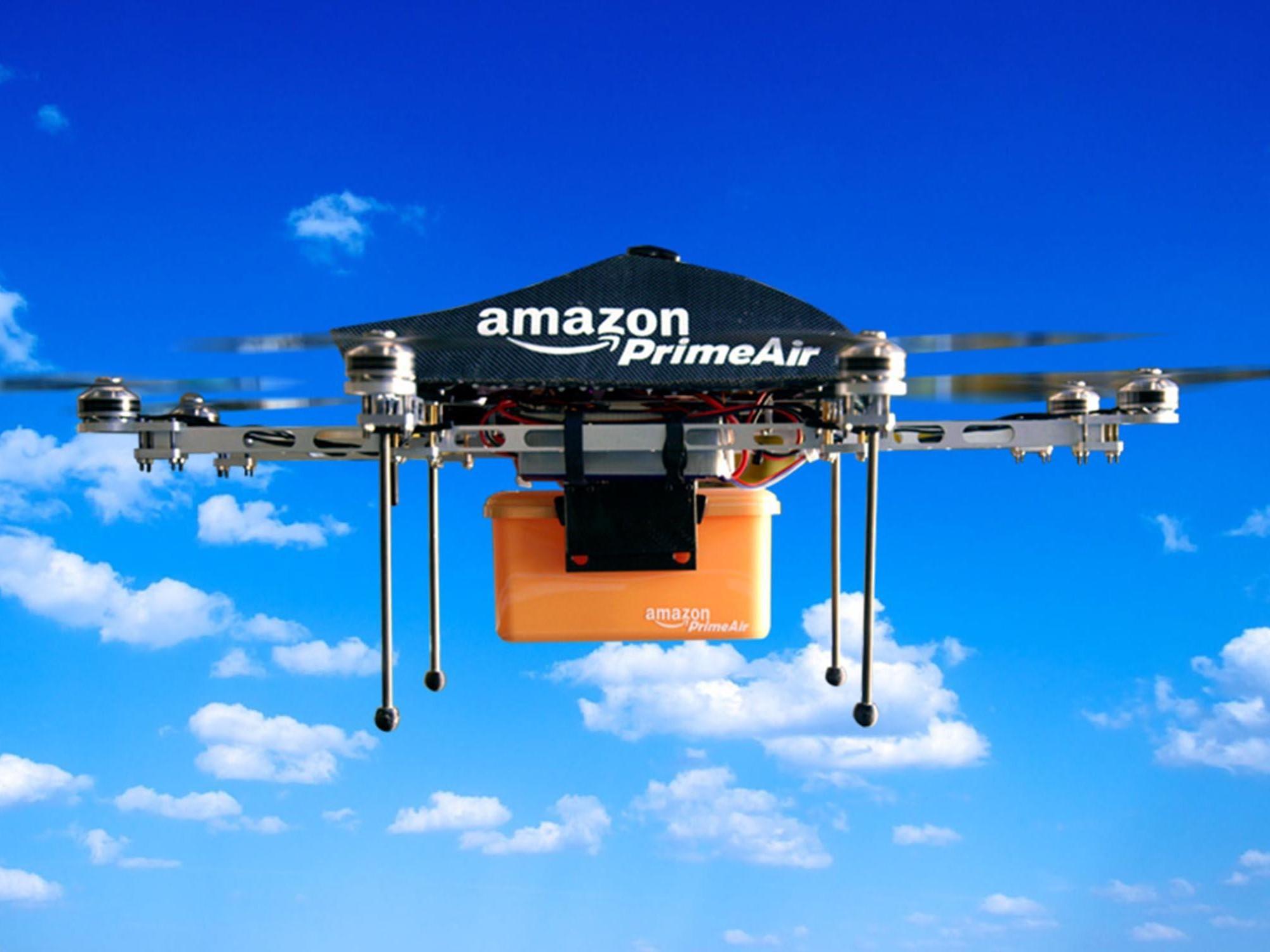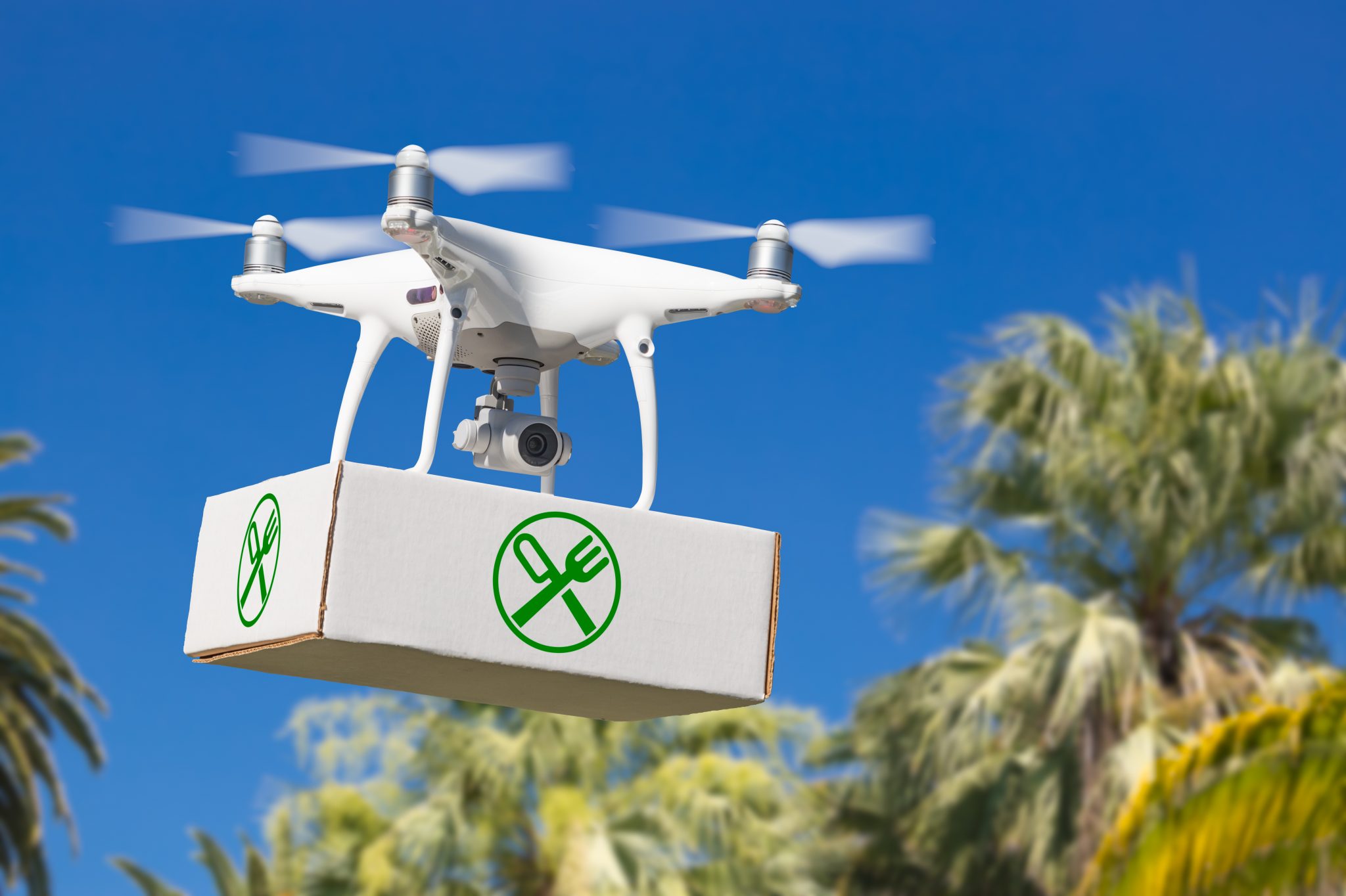Amazon drone delivery locations are rapidly expanding, revolutionizing last-mile delivery. This guide explores the current status of Amazon’s drone delivery program, examining the factors influencing location selection, the necessary infrastructure, customer experiences, and future prospects. We’ll delve into the logistical challenges, regulatory hurdles, and technological advancements shaping this innovative delivery method. Understanding these aspects is key to comprehending the future of e-commerce logistics.
From the initial rollout to the ongoing expansion, Amazon’s drone delivery program has faced numerous challenges and achieved significant milestones. This exploration will cover the technological infrastructure, including drone technology, communication networks, and charging stations, necessary for successful operation. We’ll also examine the criteria Amazon uses to select new locations, considering population density, logistical complexities in urban vs. rural areas, and the regulatory environment.
Amazon’s expanding drone delivery network is aiming for more locations, but safety is key. Think about the potential impact of a mishap, like the one described in this article about a drone show crash , on public perception and the future of drone deliveries. This highlights the need for rigorous testing and fail-safes before widespread implementation of Amazon’s drone delivery service in new areas.
The impact on customers, both positive and negative, will be explored, alongside the environmental implications and future challenges.
Amazon Drone Delivery Program: Current Status and Future Prospects
Amazon’s drone delivery program, Amazon Prime Air, represents a significant advancement in last-mile logistics. This program aims to revolutionize package delivery by utilizing autonomous drones, offering faster and more efficient delivery options to customers. This article will explore the current status of the program, the factors influencing location selection, infrastructure requirements, customer experiences, and future prospects.
Current Amazon Drone Delivery Program Status
Amazon Prime Air’s geographic scope is currently limited. While initially ambitious, full-scale deployment remains geographically restricted. The program operates in select locations, primarily focusing on areas with favorable conditions for drone operations and less complex airspace. Currently, only certain packages—generally smaller, lighter items—are eligible for drone delivery. This is largely due to weight and size limitations of the drones themselves, as well as safety regulations.
The technological infrastructure supporting Amazon Prime Air is sophisticated, involving a network of drone hubs, advanced drone technology capable of autonomous flight and package delivery, sophisticated flight management systems, and robust communication networks to ensure real-time monitoring and control. The program’s expansion has been gradual, starting with initial testing phases and gradually expanding to limited operational areas over several years.
Factors Influencing Location Selection for Drone Delivery

Amazon carefully considers several factors when selecting new locations for drone delivery. Key criteria include population density (sufficient demand to justify the infrastructure investment), suitable airspace (minimal air traffic congestion), favorable weather conditions (limited rain, snow, or high winds), proximity to existing Amazon infrastructure (for efficient package handling), and regulatory compliance (securing necessary permits and approvals). Population density plays a significant role; high-density areas offer greater potential for efficient delivery routes and economies of scale.
Urban drone delivery faces significant logistical challenges compared to rural areas, including navigating congested airspace, managing obstacles, and ensuring safe delivery in densely populated environments. Regulatory hurdles, such as airspace regulations, noise restrictions, and safety standards, significantly impact location selection, requiring extensive approvals and compliance before launching operations.
Infrastructure Requirements and Deployment, Amazon drone delivery locations
Expanding drone delivery to a new city requires a comprehensive infrastructure plan. This would involve establishing strategically located charging stations for drones, ensuring sufficient power and efficient charging cycles. Dedicated maintenance facilities would be needed for regular drone inspections, repairs, and part replacements. A reliable communication network, utilizing multiple redundant systems, is essential for real-time drone monitoring, control, and data transmission.
Necessary permits and approvals would include airspace authorization from relevant aviation authorities, environmental impact assessments, local zoning permits, and safety certifications for drone operations.
| Location Type | Estimated Infrastructure Cost (USD) | Regulatory Hurdles | Timeline for Deployment |
|---|---|---|---|
| Urban | $5-10 million+ | Airspace restrictions, noise ordinances, zoning approvals, environmental impact assessments | 18-24 months |
| Suburban | $2-5 million | Less stringent airspace regulations, zoning approvals, environmental impact assessments | 12-18 months |
| Rural | $1-2 million | Relatively fewer regulatory hurdles, but still requires airspace authorization and safety certifications | 6-12 months |
Customer Experience and Impact
Customer testimonials regarding Amazon drone delivery vary. Positive feedback often highlights the speed and convenience of the service, with packages arriving quickly and efficiently. Negative experiences may involve occasional delays due to weather conditions or technical issues. Ordering eligible items is similar to standard Amazon orders, with a clear indication if drone delivery is an option. The process includes selecting a delivery address, confirming eligibility, and tracking the drone’s progress in real-time.
Drone delivery has the potential to significantly reduce Amazon’s last-mile logistics costs by eliminating the need for extensive ground transportation networks in certain areas. Environmentally, drone delivery offers potential benefits by reducing reliance on ground vehicles, lowering carbon emissions. However, the manufacturing and operation of drones themselves contribute to environmental impact, necessitating further analysis of overall environmental benefits.
Future Prospects and Challenges

Over the next five years, Amazon is likely to expand its drone delivery network significantly, focusing on areas with suitable infrastructure and regulatory frameworks. Technological advancements, such as improved drone autonomy, longer flight ranges, and enhanced payload capacities, will play a crucial role in expanding the program’s reach and capabilities. Adverse weather conditions remain a significant challenge, requiring development of robust weather detection and avoidance systems.
Ethical considerations, including privacy concerns related to drone surveillance and safety risks associated with drone operation in populated areas, require careful attention and proactive mitigation strategies.
Summary

Amazon’s drone delivery program represents a significant shift in the logistics landscape, offering both exciting possibilities and considerable challenges. While the program’s expansion continues, careful consideration of infrastructure requirements, regulatory compliance, and ethical implications is crucial for its long-term success. The future of drone delivery promises faster, more efficient, and potentially more environmentally friendly deliveries, but overcoming logistical and regulatory hurdles remains a key focus.
This evolving technology is poised to reshape how we receive our online orders.
So you’re curious about where Amazon drones deliver? It’s still pretty limited, focusing on specific areas for testing. But think about the scale – imagine a drone show like the amazing Niagara Falls drone show , only instead of a spectacle, it’s delivering your package. That kind of coordinated flight control is what’s needed to expand Amazon’s drone delivery locations nationwide.
FAQ Corner: Amazon Drone Delivery Locations
What types of packages are currently eligible for Amazon drone delivery?
Currently, only smaller, lighter packages are eligible. The specific weight and size limits may vary by location.
How much does Amazon drone delivery cost?
Amazon drone delivery is usually included with Prime membership, similar to standard delivery.
What happens if there’s bad weather?
Drone deliveries are automatically suspended during inclement weather conditions like heavy rain, snow, or strong winds.
So you’re curious about Amazon drone delivery locations? Knowing where those things are operating is pretty interesting, especially considering the tech involved. To get a sense of the scale and potential of drone technology, check out the amazing visuals at the orlando drone show ; it’s a great way to see what’s possible. Then you can better appreciate the challenges and future expansion of Amazon’s drone delivery network.
How does Amazon ensure the safety and privacy of drone deliveries?
Amazon employs advanced safety features and adheres to strict regulations to ensure safe and responsible drone operations. Privacy concerns are addressed through careful flight planning and data security measures.